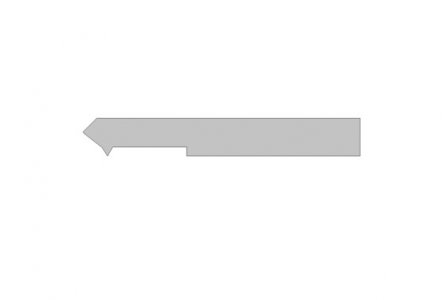- Joined
- May 9, 2014
- Messages
- 415
Just to clarify my earlier statements on this, the setup as pictured has some serious shortcomings and more a safety hazard than anything else. The concept, however, is quite valid and I've used it numerous times over the years. A big part of this job is all about using your imagination to minimize setup time and living long enough to be able to determine what's safe and effective versus what's not. For instance, I have one internal threading tool used for threading suppressor tubes that will also face off the tube and chamfer both the OD and ID. I got tired of all that swapping out of tool holders so I ground up a tool that covers all four operations. Looks like nothing you'll see in a textbook, I suspect.
I'd love to see a picture of this.


